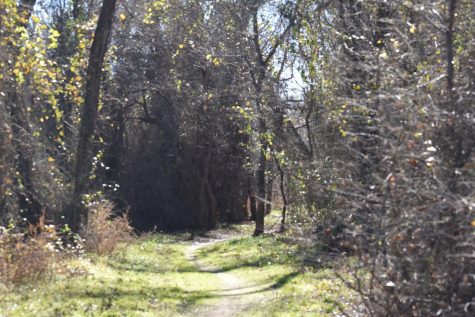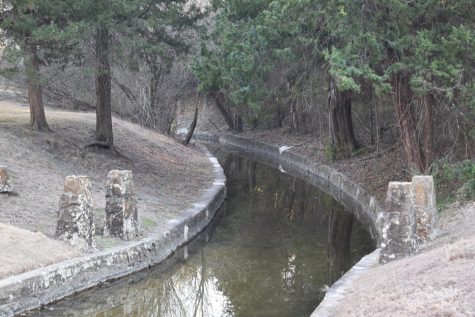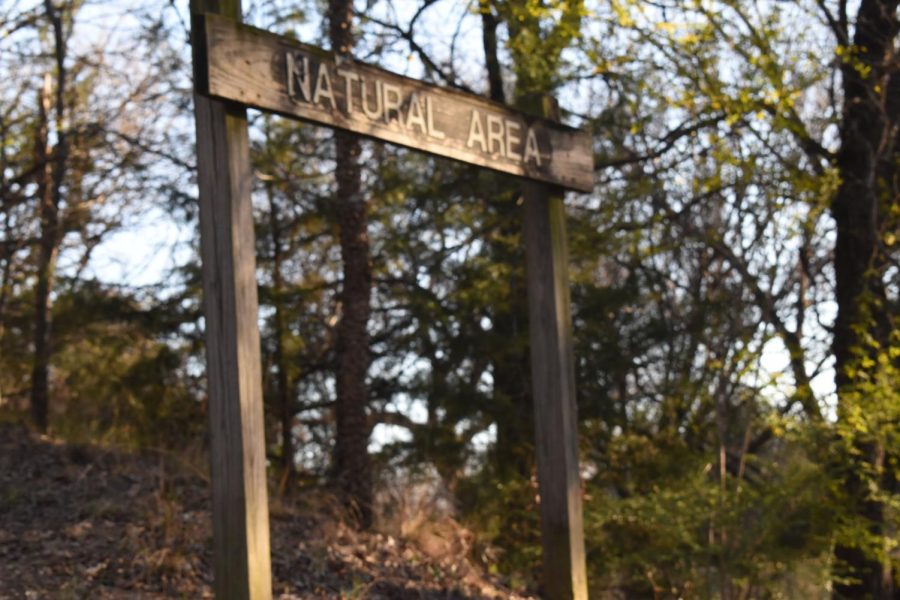Questions, Coppell?
What is the Native American history of the city?
Grapevine Springs Park is marked by natural areas that Native Americans camped upon in the midst of their movement through the Great Plains. These landmarks in Coppell transcend history and illustrate the indigeneity of the city that we now settle on.
February 8, 2022
Questions, Coppell? is a Sidekick series in which staff writer Shrayes Gunna answers readers’ questions about Coppell and Coppell ISD. Gunna delves into indigenous history that preceded the city’s to let readers into Native American life and the origins of Coppell.
Indigenous history is a constituent part of Coppell’s conception: equally intriguing and significant native tribes called Coppell home far beyond our own ancestors. In fact, there are sites littered throughout the city providing a variety of pleasant outings to be enjoyed by the generations of family and friends that, now, call the city home.
Such history plays a keen role in producing perspectives of acceptance and understanding; an underlying appreciation for those who shared the land that we now know as Coppell or as the “Caddo Mounds” as given by early settlers in the Grapevine-Coppell region.

Nestled between the Coppell Senior and Community Center and Grapevine Creek is Grapevine Springs Park. According to the Coppell Historical Society, the park was an attractive and prominent camping spot for the nomadic tribes that traversed the Great Plains and many regions of Texas.
Their temporary settlement even preceded Sam Houston’s emblematic camping in the same park in 1843, though the specific dates of the natives occupying the land are relatively uncertain.
Today, stone columns mark the west entrance to the park, embellished with a plaque describing its importance in Coppell’s vast history. Also marked by a plaque designating its importance is Bird’s Fort: a military stronghold, residing in present-day Arlington, that housed several volunteers and was stocked with supplies. Bird’s Fort sits in a vicinity that distinguishes a far more significant event in the city’s history.

It was also the location of the signing of one of the first native treaties by white settlers in Coppell on Sept. 29, 1843, involving the Caddo, Anadarko and Hainai tribes. The area further signifies some of the first interactions between Natives and European settlers in Coppell that sought to turn the nomadic territory of indigeneity into a permanent settlement, resulting in conflicts. Bird’s Fort symbolizes native history that preceded the removal of tribes from the land.
“The native’s occupation of the land was temporary as they were moving through the Trinity River terraces towards Oklahoma,” writer and archaeologist for the Texas government Rebecca Shelton said. “The [signing of the treaty] was very important from the settler’s perspective but was a closing of the chapter of occupancy in the area for the tribes.”
To enhance residents’ understanding of the history of these tribes and others located within the “Caddo Mounds,” the Coppell Historical Society brought upon regional archaeologists Jeff Durst and Rebecca Shelton to dig deeper into the history of the region.
It is also important to recognize that the Caddo was an alliance of several tribes that shared commonalities to some degree whether it be culture, language or tradition.
According to their stories of their origins, the Caddo surfaced from the ground near the Red River in Northeast Texas. The name, “Caddo Mounds,” likely refers to the mound-building culture that marked the tribal alliance: constructing mounds near areas of prominence.
“It’s important to recognize what great stewards Native Americans are of the land,” Shelton said. “It is a reciprocal relationship and there is a healthy balance to the way they live.”
However, the history of the Caddo and other native tribes in the Coppell region came to an end soon after white settlement extended into Texas in and around 1843, pushing the Native Americans onto reservations in Oklahoma. Still, Native American influence can be felt in the rich histories of the lands that they once camped upon in Coppell.
“[Indigenous histories] put us in touch with where we are,” Shelton said. “So many of us are recent, several generations back, but the depth of history of Native American occupation and indigenous lifetimes dates back over 10,000 years ago and beyond.”
Follow Shrayes (@shrayesgunna) and @CHSCampusNews on Twitter











